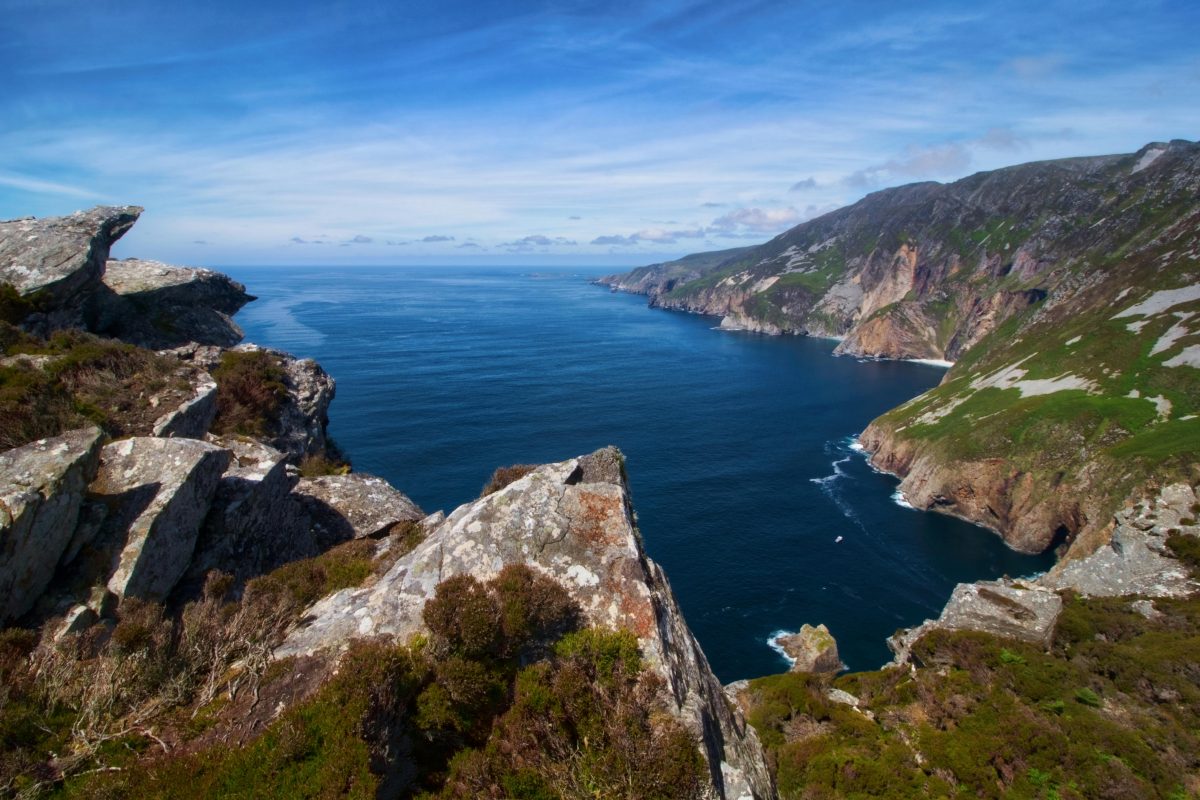Uncategorized
The brave voices of the 1916 Rising
The Day Dublin Stood Still: How the 1916 Rising Ignited a Nation’s Fight for Freedom
Estimated reading time: 5 minutes
Key Takeaways
- The 1916 Rising was a significant event in Ireland’s quest for independence.
- Leaders of the Rising inspired a generation, leaving a lasting impact on Irish identity.
- The echoes of the Rising continue to influence contemporary Ireland’s social and political landscape.
Table of Contents
Introduction
The Heart of the Story
The Wider Echo
The Now & The Next
Did You Know?
FAQs
Final Word
Introduction
On Easter Monday, 1916, Dublin trembled under the weight of a dream deferred—a dream of liberty and self-determination. The air buzzed with the defiant echoes of gunfire and the resolute shouts of rebels. This was no ordinary day; this was the day a nation awakened, a day when men and women, driven by an unquenchable thirst for freedom, took their stand against oppression. Amidst the smoky ruins and scattered dreams, history was not just written; it was etched into the heartbeat of a people, igniting sparks of rebellion that would simmer for generations.
The Heart of the Story
As the sun crept over the rooftops of Dublin, a scattered band of revolutionaries, led by figures like Patrick Pearse and James Connolly, gathered in the GPO. They rallied not just for a cause but for the soul of a nation. The echoes of their voices carried over the cobblestones, compelling ordinary folk to rise. They came from all corners—pint-drinkers from Cork, dreamers from Donegal, and tradesmen from Limerick, united in the common language of defiance. As the flags flew high, wrapped in the green and gold of ancient dreams, it was clear: the barricades were not barriers but bridges to a future they dared to imagine.
The Wider Echo
The echoes of the Rising resonated far beyond the streets of Dublin. In the aftermath, prisoners became martyrs, and the rebellion’s narrative morphed from a momentary uprising to the core of Irish identity. Amid political turmoil, the voices of William Butler Yeats and Maud Gonne became intertwined with the struggle, reminding a nation of its poetic and cultural heritage. The seeds of rebellion sprouted in the hearts of those across the globe—from Boston’s Irish pubs to Melbourne’s dusty streets. Today, over a century later, the legacy of 1916 reverberates in the conversations of Irish families, in songs sung with fierce nostalgia, and in the values passed down through generations. The Rising was a catalyst for change, shaping a republic that would one day embrace both modernity and tradition.
The Now & The Next
Fast forward to 2023, the fight for freedom looks different; yet the spirit remains. Today’s Ireland grapples with challenges: a housing crisis, a cost-of-living battle, and the echoes of discontent ripple through the streets of Dublin echoing the struggles of 1916. Young leaders rise, echoing the courage of their forbearers, fighting for justice not just for themselves but for the voiceless. The GAA stands as a testament to unity, with jerseys proudly displayed across the diaspora—a symbol of a shared identity that persists through trials and triumphs alike. The blood of the brave is woven through the fabric of Irish life, reminding us that the fight must always continue, that we must stand still, if only for a moment, and remember where we came from.
Did You Know?
- The leaders of the Rising were executed in a series of events that sent shockwaves throughout Ireland, galvanizing support for the cause.
- The proclamation of the Irish Republic was read outside the GPO, and copies were distributed across the city, igniting the imaginations of many Irish citizens.
FAQs
Why is the 1916 Rising significant in Irish history?
The Rising marked a pivotal moment for Ireland, cementing the desire for independence and setting the stage for future movements. Its impact is still felt today in the ongoing conversations about identity and sovereignty, particularly in places like Longford where communities discuss their collective histories.
How can I learn more about the events surrounding the Rising?
Visiting historical sites in Dublin or attending commemorative events can provide deeper insights. Additionally, literature from figures like James Connolly may offer perspective. Enthusiasts can check out local history-centric shops across Ireland to discover invaluable artifacts and literature.
Final Word
In a world where history often feels distant, the echoes of 1916 remind us of the passion, pain, and pride that forge the Irish spirit. As you stand witness to this legacy, may you carry it in your heart and pass it on to the next generation. If you carry the same pride we do, you’ll find a piece of home waiting at
HubIrish.com.

